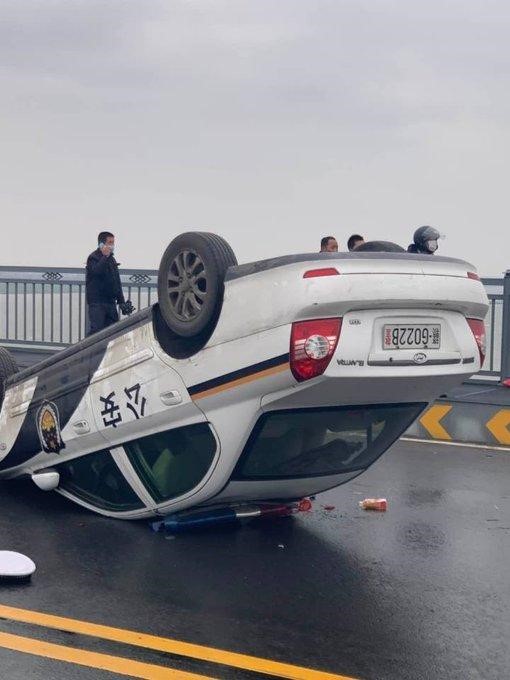This series (#14 to 17) of Dui Hua’s Mass Incident Monitor highlights four major protests that took place across China in relation to the novel coronavirus (COVID-19). Wuhan, the epicenter of COVID-19, was under lockdown from January 23 to April 8. Hubei province was also under lockdown for more than one month. Other Chinese cities implemented traffic restrictions and around-the-clock “closed off management,” where residents of a community must be registered before they are allowed in or out. Many of these protests were triggered by the expansive and draconian quarantine measures put in place to contain the outbreak.

After claiming to have achieved zero new local infections in March, the Chinese government began to lift the lockdown and traffic controls in Hubei on March 25 (the provincial capital Wuhan remained under lockdown until April 8). Residents from other Hubei cities who hold digital health certificates obtained online should be allowed to travel outside of the province. However, they are not necessarily welcome by people from other provinces due to the stigma of Hubei as the origin of COVID-19.
The incident on March 27 began with a clash among police officers from Hubei and neighboring Jiangxi province after Hubei reopened its outbound traffic. Police officers from the two provinces traded accusations against one another on social media over online footage which showed them beating and grabbing each other. Witnesses claimed that Jiangxi police had crossed Hubei’s provincial boundary to set up a travel and health checkpoint to stop Hubei people from entering Jiangxi via the Jiujiang Yangtze River Bridge, including those who had obtained the digital health certificates issued in Hubei. Hubei police officers accused their Jiangxi colleagues of overstepping the provincial boundary, but Jiangxi police refuted the claim and blamed Hubei police for initiating the assault.
The initial police clash was later joined by thousands of Hubei workers who attempted to cross the bridge but were stopped by Jiangxi SWAT police with riot shields. As the Hubei workers felt that they were being discriminated against, they charged at the Jiangxi SWAT police. An online video circulated on social media shows that police officers only stood aside and watched the crowds damage and topple multiple police vehicles. The county party secretary from Huangmei, Hubei, arrived at the scene to placate the crowd and vowed to resolve the crisis with his Jiangxi counterparts. Dozens of residents surrounded a Jiangxi police station to demand an apology, with some holding banners that asked Jiujiang people not to be biased against them.
In an apparent bid to shy away from this violent incident, Hubei and Jiangxi issued a joint statement on March 28 in which they agreed to remove the checkpoints at the provincial border and welcome any person holding a digital health certificate. It is unclear whether any officials would be held accountable for the incident. Available sources did not say whether anyone from Hubei or Jiangxi was detained.
